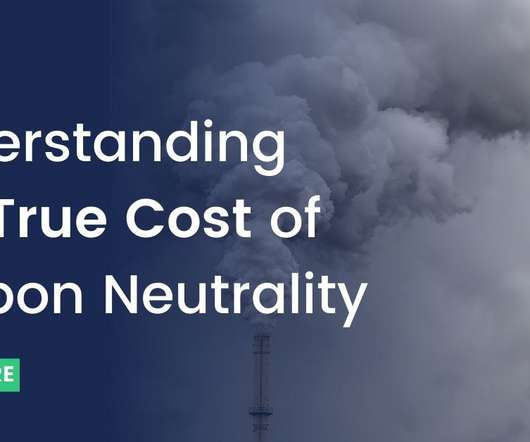The Blue Wonder
3BL Media
JUNE 11, 2025
11 Perhaps the biggest danger to the ocean is climate change. As the ocean’s capacity to absorb carbon dioxide weakens, so has its ability to help protect the Earth from changes in temperatures and weather systems. These can then be a tool for carbon offsetting and more nature positive outcomes.













Let's personalize your content